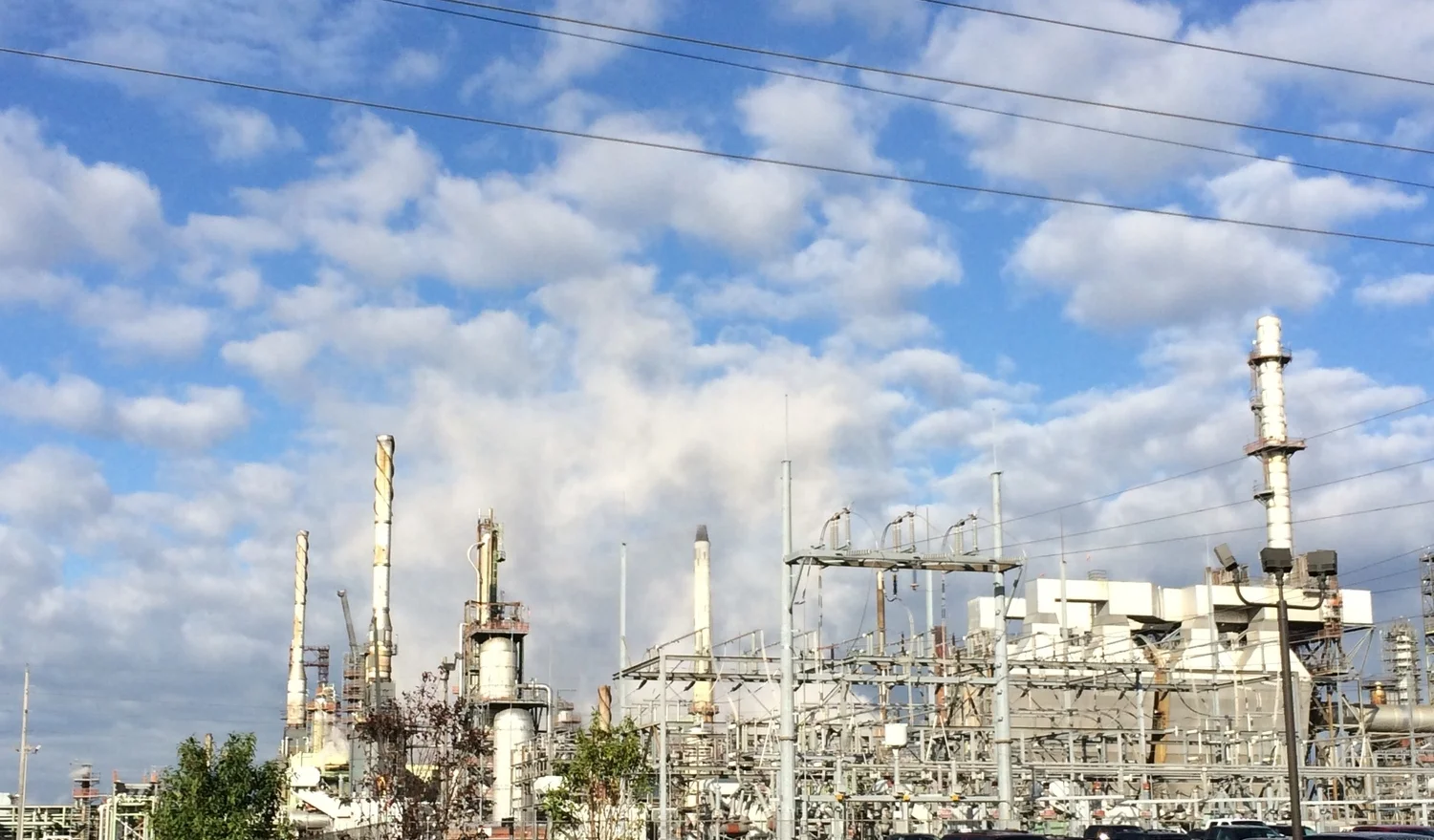THE ENERGY CASE FOR CHANGE
According to BP in their Outlook 2035 report published in January 2014, global energy consumption is projected to increase 41% by 2035. BP’s report shows oil’s share in global energy input continuing to decline from the peak oil production years of early 2000’s. To meet global energy demand, their projections show a required tripling of renewable sources within the fuel and power sectors – a sustained growth of 6% annually over the next 20 years. These numbers assume current fossil fuel consumption is maintained.
Currently, few alternative energy options can compete on a cost basis with fossil fuels. This is still the case though many of them have been in development for decades. Impacting the cost parameters are the costs associated with infrastructure for many alternative energy systems as well as the economics associated with these systems within the United States. As long as we all focus the majority of our energy consumption on fossil fuels, the market share diverted to alternative energy sources will remain low, keeping these development costs high. To meet demand, then, energy costs will rise for us all, or increases in public subsidies for alternative energy will be required as has been done in Germany (resulting in solar power installation costs roughly half that found in the United States even when the current US federal tax incentive is figured). For a country built on cheap energy and individual freedoms, neither of these two options has seen much support. The third economic model is the creation of funding mechanisms through the development of carbon offsets which enable the development of cost competitive alternative energy projects which would not otherwise be feasibly brought to market.

